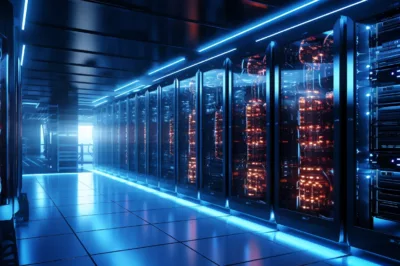Introduction
In this digital era where data is the new gold, have you ever wondered where this invaluable asset is stored, processed, and distributed? The answer lies in the heart of our digital infrastructure – Answering the question, what is a data center?
- What is a Data Center?
- Types of Data Centers
- The Role of Data Centers in Cloud Computing
- The Future of Data Centers
- Environmental Impact of Data Centers
- Conclusion
What is a Data Center?
Often referred to as server farms, data centers are centralized locations where computing and networking equipment is concentrated for the purpose of collecting, storing, processing, distributing, or allowing access to large amounts of data1. As our reliance on digital services grows, so too does the importance of these technological fortresses.
A Peek into the History of Data Centers
Data centers are not a new concept. They have their roots in the huge computer rooms of the 1940s, with ENIAC being one of the earliest examples. Over time, as IT operations started to grow in complexity, the need to control IT resources resulted in the formation of specially designed computer rooms known as data centers2. The boom of data centers came during the dot-com bubble of 1997–2000, marking the beginning of the age of internet data centers2.
The Environmental Impact of Data Centers
Like any significant human endeavor, data centers have an environmental impact. They are one of the most energy-intensive building types, consuming 10x to 50x the energy per amount of floor space compared to a typical commercial office building. In fact, data centers comprise 1.8% of electricity usage in the United States3.
Consequently, data centers are increasingly focusing on reducing their environmental impact, with key areas of focus being greenhouse gas emissions, renewable energy sourcing, power sustainability, and water sustainability.
Types of Data Centers
As the digital landscape evolved, so too did the types of data centers. Let’s explore the most common types:
Private Data Centers
Private data centers are owned and operated by the business itself. They are typically used by large organizations that require a high level of control over their data and systems.
Colocation Data Centers
Colocation data centers, also known as colos, offer space, equipment, and bandwidth for rent to businesses. These facilities allow businesses to benefit from economies of scale, robust infrastructure, and high-level security without having to invest heavily in building their own data centers.
Cloud Data Centers
Cloud data centers are owned and operated by large tech companies like Amazon (AWS), Microsoft (Azure), and Google (Cloud). These companies rent out computing resources on a pay-as-you-go basis, providing scalability and flexibility to their clients.
Edge Data Centers
Edge data centers are smaller facilities located close to the population centers they serve. Their purpose is to reduce latency in data transmission by bringing data processing closer to the source of the data.
The Role of Data Centers in Cloud Computing
The advent of cloud computing has dramatically changed the role and function of data centers. In the cloud computing model, data centers provide the infrastructure that underpins cloud services.
These services range from storage solutions like Dropbox, and email services like Gmail, to streaming platforms like Netflix. These applications run on servers housed in data centers, and users connect to them over the Internet.
Cloud data centers, run by providers such as Amazon Web Services (AWS), Microsoft Azure, and Google Cloud, have the resources to source energy directly from renewable sources. This ability is due to their large energy commitments and the fact that they are typically the sole tenant in their data centers1.
The Future of Data Centers
The future of data centers is intertwined with advancements in technology and changing business needs. One key trend is the shift towards more sustainable and energy-efficient practices.
For instance, data centers are working to improve their Power Usage Effectiveness (PUE), a data center efficiency metric. According to the Uptime Institute, the average PUE of a data center has been steadily declining, indicating improved efficiency1.
Another key trend is the growth of edge computing, which requires data processing to be closer to the source of the data. This is resulting in the proliferation of edge data centers.
Lastly, the increasing reliance on cloud services is likely to continue to drive growth in the data center industry, with cloud service providers continually expanding their data center footprint to meet demand.
Environmental Impact of Data Centers
Data centers, by virtue of their vast energy consumption, significantly impact the environment. Data centers in the United States alone make up about 1.8% of the country’s electricity usage, emphasizing their role as major consumers of electric power. However, modern data center designs and their ability to host multiple tenants make them more energy efficient than their older, on-premises counterparts1.
There are four key areas of environmental focus for data centers:
- Greenhouse Gas Emissions: The emissions from data centers are often measured by carbon intensity, a metric that provides a relative comparison of greenhouse gas emissions characteristics. These emissions are broken down into three scopes:
- Scope-1: Natural gas (for heating and fuel cells), diesel (for backup generation), and refrigerants (used in cooling systems).
- Scope-2: Electricity purchases or consumption.
- Scope-3: Indirect greenhouse gas emissions, including emissions from the IT equipment of customers in the data center1.
- Renewable Energy Sourcing: Data center operators are increasingly sourcing direct energy, where possible, from renewable sources. However, large energy commitments and sophistication are required to enter into renewable energy partnerships. Cloud service providers like Amazon Web Services (AWS), Microsoft Azure, and Google Cloud can more often source renewable energy directly due to their ability to locate their data center sites near renewable energy sources1.
- Power Sustainability: Power sustainability in data centers revolves around an efficiency metric known as Power Usage Effectiveness (PUE). This is the ratio of the total amount of electricity consumed by a data center to the amount of electricity delivered to its equipment. The closer the PUE is to 1, the more efficient the data center. The average PUE of a data center has been steadily declining, indicating improved efficiency1.
- Water Sustainability: Many data centers use water for cooling purposes, so water sustainability is a critical environmental consideration. This involves optimizing water usage and minimizing waste, as well as using alternative sources of water such as rainwater harvesting.
Conclusion
Data centers are the backbone of the modern digital world, powering everything from corporate networks to social media platforms. As our reliance on digital services continues to grow, the importance of these centers will only increase.
However, with the increasing demand comes greater responsibility to ensure that these centers operate in an environmentally sustainable manner. Through advancements in technology and design, data centers are continually working towards reducing their environmental footprint while increasing their efficiency and capacity to serve the digital needs of the world.







Leave a Reply